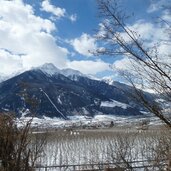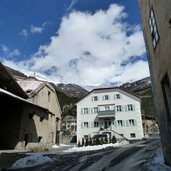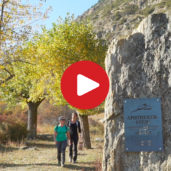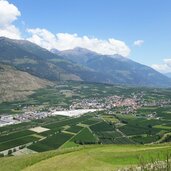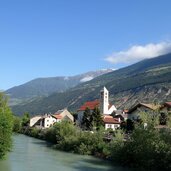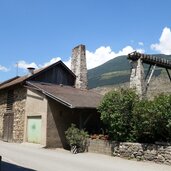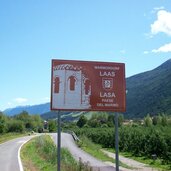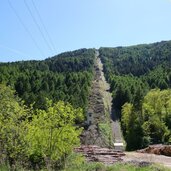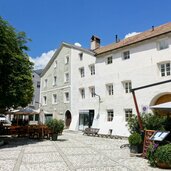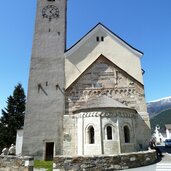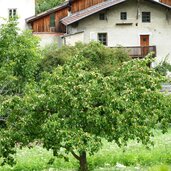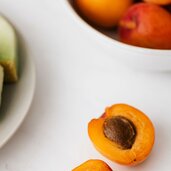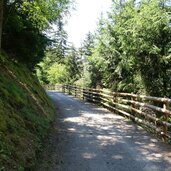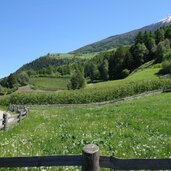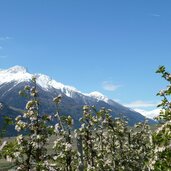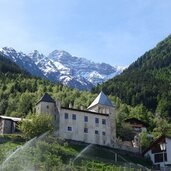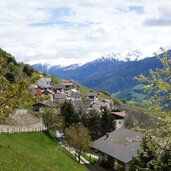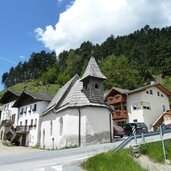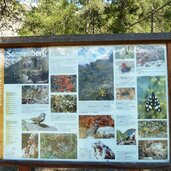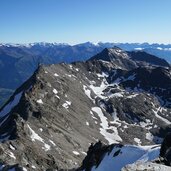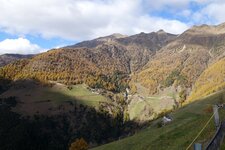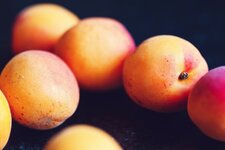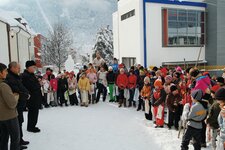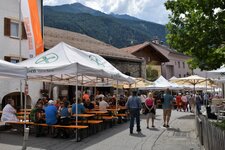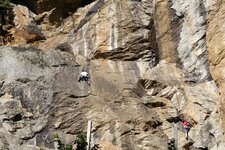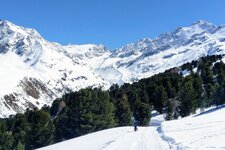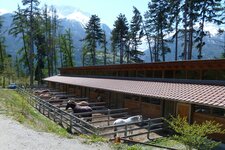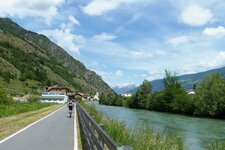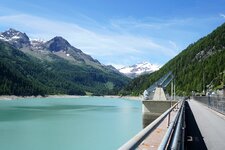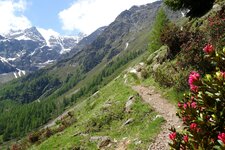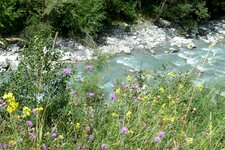Known as the apricot and marble village, Lasa is centrally located at the transition from the upper to the lower Val Venosta
The "white gold", a high-quality marble, has made Lasa world-famous and is used for numerous works of art. Marble was already quarried in Roman times in the still uninhabited Valle di Lasa, but systematic quarrying only began in the 19th century.
Famous works of art are made from Lasa marble, including the Pallas Athene statue in front of the Parliament in Vienna and Grand Central Terminal in Manhattan, New York. In 1947, commissioned by the American Battle Monuments Commission, 86,000 grave crosses were made from the local marble for American soldiers who fell in Europe.
The opportunities for activities in Lasa also follow the trail of marble: Hikes lead to the Lasa alpine pastures with views of the marble quarry, or through an unspoilt gorge along the wild Adige River all the way to Covelano and Silandro. By mountain bike, you can discover the world of marble and alpine pastures with views of the glaciers.
And in between? Val Venosta apricots! Nowhere do apricots thrive better than in the Val Venosta, especially in the area around Lasa. This is celebrated every year: The "Marble and Apricots" cultural festival combines delicacies and art. Even a subgroup of the Ortles Alps bears the same name: The Lasa Mountains rise to the southwest of the village. The municipality today consists of five districts: Lasa village, with its outdoor swimming pool, forms the centre.
Oris, Cengles and Tanas - the latter being the only compact settlement on the Monte Sole - are located a little further away towards the Upper Val Venosta. The houses of Cengles already stand on the grounds of the Stelvio National Park. The last small village, Alliz, is in the other direction. In addition, there are individual small hamlets such as Tarnell and Parnez. In winter, Lasa has its own toboggan run, the Gafair competition track in the Gafair Valley, which is classified as difficult.
Mobility - Closures Val Venosta Railway: Modernisation work on the Val Venosta Railway is progressing. The project includes electrifying the line, replacing the signalling system, and installing the European Train… read more


